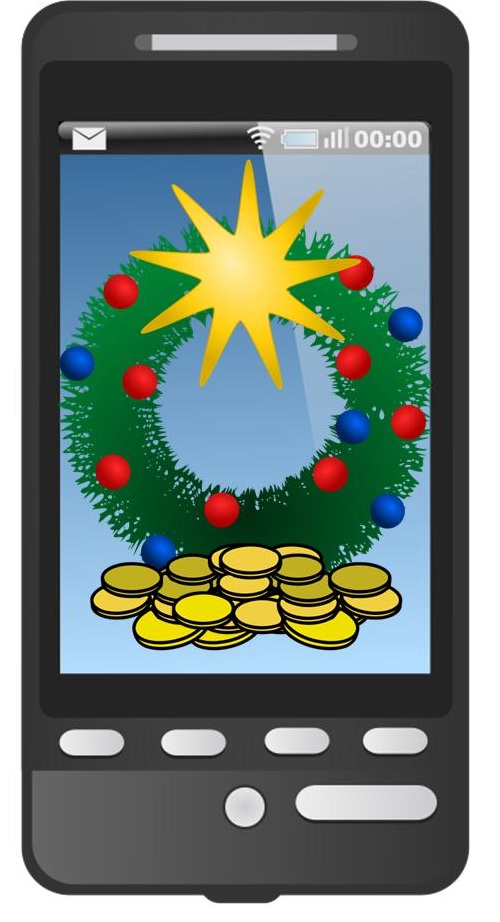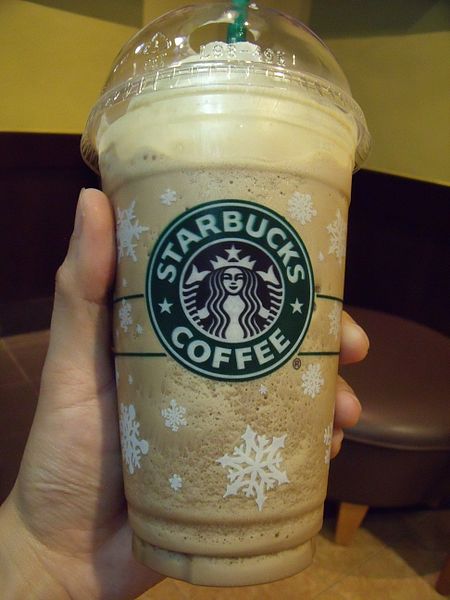Braintree sees progress during the holiday season
Braintree, a mobile payments processor, has high hopes for the holiday season. The firm has already been seeing a great deal of activity come from mobile consumers who shopped online during the Thanksgiving holiday and notes that mobile commerce is becoming much more common than it was in the past. Braintree expects to see mobile payments play a much more significant role in the retail sector, especially during the holidays when mobile shopping is favored as a convenient alternative to traditional shopping.
Cyber Monday becomes Braintree’s most successful day ever
Cyber Monday, one of the most significant days of the year for consumer electronics, was Braintree’s most successful day ever in terms of payment processing. The company processed more than $16 million in mobile payments coming from the brands that make use of its services. Braintree suggests that the increase in mobile payments volume is likely due to a pent up demand among consumers who have wanted to use their mobile devices as a shopping tool for several years. These consumers have not been able to satisfy this demand until very recently.
eBay may establish a lead in mobile commerce through Braintree acquisition
 Braintree has established a formidable presence in the mobile commerce space, which is one of the reasons eBay has pursued its acquisition so aggressively. The firm is set to close an $800 million acquisition deal with eBay in the coming weeks, which will give the online retailer access to Braintree’s clients as well as its mobile payments tools. After the acquisition, Braintree is expected to begin working with PayPal, which has also taken a strong stance in the mobile commerce sector.
Braintree has established a formidable presence in the mobile commerce space, which is one of the reasons eBay has pursued its acquisition so aggressively. The firm is set to close an $800 million acquisition deal with eBay in the coming weeks, which will give the online retailer access to Braintree’s clients as well as its mobile payments tools. After the acquisition, Braintree is expected to begin working with PayPal, which has also taken a strong stance in the mobile commerce sector.
Mobile commerce becomes more attractive to consumers
Consumers are becoming more comfortable with the concept of mobile commerce largely due to the convenience that it represents. During the holidays, traditional shopping can be a chaotic and stressful affair. Mobile shopping allows consumers to avoid crowds and reduce the stress associated with the holidays to some degree.
The coffee giant is leading the way in this market as 10 percent of its American purchases use smartphones.
Despite the fact that Starbucks doesn’t have the most generous loyalty or reward programs around, it has most certainly been able to attract the largest number of people to its mobile payments program in the United States.
The minimalistic rewards program does not seem to be doing any damage to the willingness of its customers to pay with smartphones.
The company is continuing to draw new customers and a surprising number of them are using mobile payments to pay for their purchases, even in the United States, which is one of the markets in which the least growth and adoption have been seen. The café chain has continually broken the mold, not only by being successful with the transactions as a whole, but also by doing so using various different types of technique.
Mobile payments have seen considerable struggle with adoption in the United States.
 Giants in the industry such as Isis and Google Wallet have essentially fallen flat, so far. Though Square is doing well, it requires mobile devices on the side of the seller, not the consumer. Starbucks, on the other hand, has experienced continual and rapid growth since it first introduced the transaction method.
Giants in the industry such as Isis and Google Wallet have essentially fallen flat, so far. Though Square is doing well, it requires mobile devices on the side of the seller, not the consumer. Starbucks, on the other hand, has experienced continual and rapid growth since it first introduced the transaction method.
Ten percent of all American transactions at Starbucks are currently completed using a smartphone. The company has been working very hard to be able to popularize mobile payments and it has managed to overcome the lack of trust that smartphone users have in the security of their devices by basing the system on rechargeable gift cards instead of relying the use of credit or debit cards through their devices.
That said, the actual reason behind the success of Starbucks mobile payments has yet to be identified. Though some have proposed the reward program associated with it, most would agree that it is not a very big incentive. Others feel that it is more convenient than paying through more traditional means. It has also been proposed that the demographic that buys coffee through that chain is also the same one that is more willing to give new technologies a try. Whatever it is, other American companies have yet to replicate it.
 Braintree has established a formidable presence in the mobile commerce space, which is one of the reasons eBay has pursued its acquisition so aggressively. The firm is set to close an $800 million acquisition deal with eBay in the coming weeks, which will give the online retailer access to Braintree’s clients as well as its mobile payments tools. After the acquisition, Braintree is expected to begin working with PayPal, which has also taken a strong stance in the mobile commerce sector.
Braintree has established a formidable presence in the mobile commerce space, which is one of the reasons eBay has pursued its acquisition so aggressively. The firm is set to close an $800 million acquisition deal with eBay in the coming weeks, which will give the online retailer access to Braintree’s clients as well as its mobile payments tools. After the acquisition, Braintree is expected to begin working with PayPal, which has also taken a strong stance in the mobile commerce sector.
 Giants in the industry such as Isis and Google Wallet have essentially fallen flat, so far. Though Square is doing well, it requires mobile devices on the side of the seller, not the consumer. Starbucks, on the other hand, has experienced continual and rapid growth since it first introduced the transaction method.
Giants in the industry such as Isis and Google Wallet have essentially fallen flat, so far. Though Square is doing well, it requires mobile devices on the side of the seller, not the consumer. Starbucks, on the other hand, has experienced continual and rapid growth since it first introduced the transaction method.